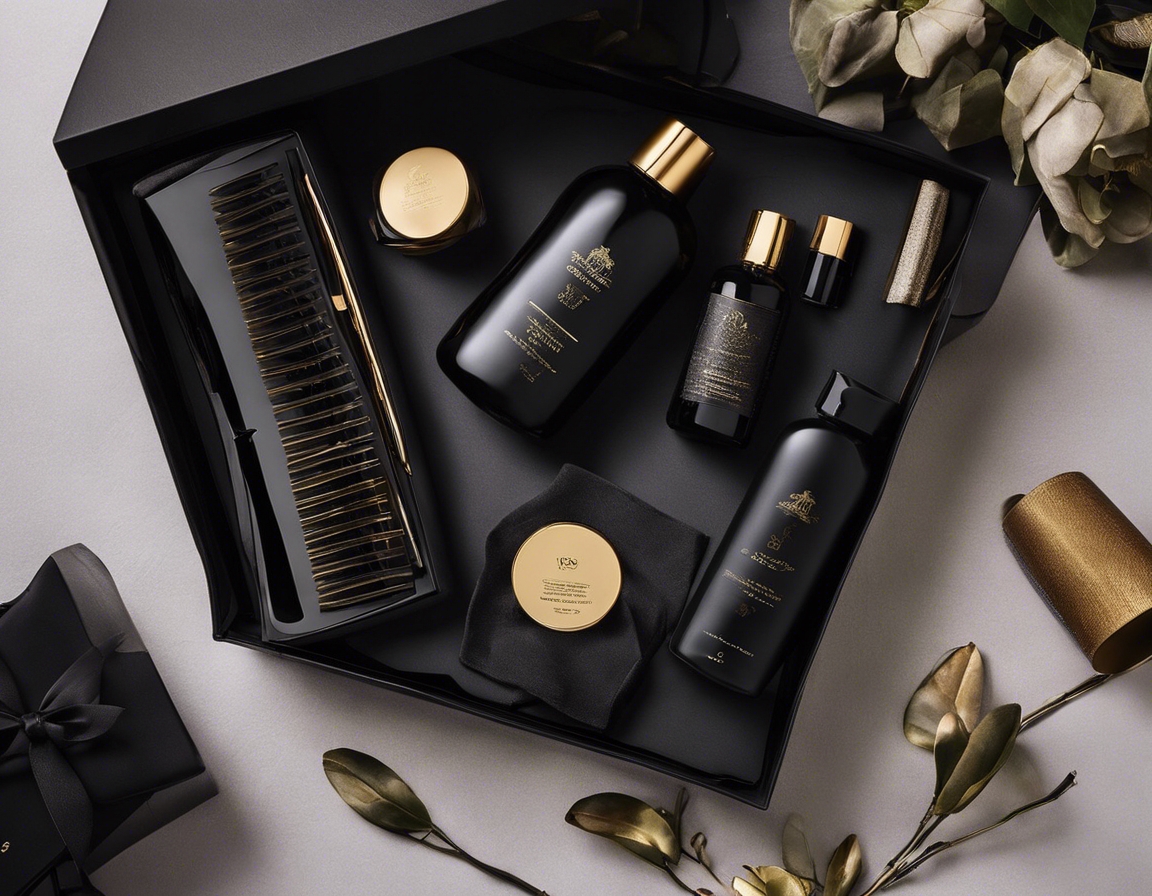How to choose the right hair extensions
Hair extensions come in various forms, each designed to cater to different needs and preferences. The most common types include clip-in, tape-in, sew-in, micro-link, and fusion extensions. Each type offers unique benefits and application methods, making it essential to understand their differences before making a choice.
Hair extensions provide an excellent way to enhance your natural hair by adding length, volume, and even color without the commitment of permanent changes. They can transform your look instantly, offering versatility for different occasions and styles.
Factors to Consider When Choosing Hair Extensions
Matching the extensions to your natural hair type and texture is crucial for a seamless blend. Whether your hair is straight, wavy, or curly, selecting extensions that mimic your natural texture will ensure a more natural appearance.
Consider the length and volume you desire. Extensions can range from subtle volume enhancements to dramatic length changes. It's important to choose extensions that complement your overall look and personal style.
Achieving a perfect color match is vital for natural-looking extensions. Many brands offer a wide range of shades, and some even provide custom color matching services to ensure the extensions blend seamlessly with your natural hair.
Your lifestyle plays a significant role in determining the type of extensions that will work best for you. Consider how much time you can dedicate to maintenance and whether you prefer temporary or semi-permanent solutions.
Hair extensions vary in price based on quality, type, and length. Establishing a budget beforehand will help narrow down your options and ensure you invest in extensions that meet your needs without overspending.
Types of Hair Extensions Explained
Clip-in extensions are a popular choice for their ease of use and temporary nature. They can be applied and removed quickly, making them ideal for special occasions or a quick style change.
Tape-in extensions offer a semi-permanent solution that lies flat against the scalp, providing a natural look. They require professional application and can last several weeks with proper care.
Sew-in extensions, also known as weaves, are ideal for those with thicker hair. They involve braiding the natural hair and sewing the extensions into the braids, offering a long-lasting and secure option.
Micro-link extensions use small beads to attach the extensions to natural hair. They are adjustable and reusable, making them a versatile choice for those seeking a semi-permanent solution.
Fusion extensions involve bonding the extensions to natural hair using a keratin-based adhesive. This method offers a natural look and can last several months with proper maintenance.
Sustainable and Ethical Choices
Choosing ethically sourced hair extensions is crucial for supporting fair trade practices and ensuring the well-being of those involved in the production process. Look for brands that prioritize transparency and ethical sourcing.
Eco-friendly extensions are made from sustainable materials and processes, reducing environmental impact. Consider brands that offer biodegradable packaging and use renewable resources in their production.
Tips for Maintaining Hair Extensions
Maintaining hair extensions requires a dedicated care routine. Gently brush the extensions daily to prevent tangling and use sulfate-free shampoos and conditioners to preserve their quality.
Invest in high-quality hair care products specifically designed for extensions. These products will help maintain the extensions' shine and softness while protecting them from damage.
Regular visits to a professional stylist are essential for maintaining the integrity of your extensions. They can provide necessary adjustments and treatments to ensure your extensions remain in top condition.






Comments (0)